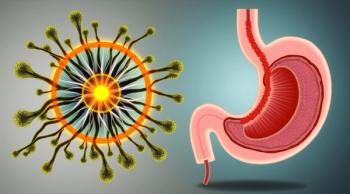
Intimate Kissing Quadruples Risk of Meningitis in Teenagers
Intimate kissing with multiple partners almost quadruples a teenagers risk of meningococcal disease, finds a study published online by the British Medical Journal. Meningococcal disease is a life threatening condition with two incidence peaks: in early childhood and in adolescence. The incidence and fatality rate among teenagers in England and the United States rose dramatically during the 1990s, but little is known about the risk factors for this disease in adolescents.
The research team examined potential risk and protective factors in 15-19 year olds who had been admitted to hospital with meningococcal disease in six regions of England from January 1999 to June 2000. Each case was compared with a matched control. Blood samples and nose and throat swabs were taken and data on potential risk factors were gathered by confidential interview.
Intimate kissing with multiple partners, a history of preceding illness, and being a student conferred higher risk of disease, whereas recent attendance at a religious event and meningococcal vaccination were associated with lower risk.
Despite some study limitations, these findings imply that changing personal behaviors could reduce the risk of meningococcal disease in adolescence, say the authors.
Although behavior-based health promotion messages might have a small role in reducing the risk of disease, such campaigns are unlikely to have a major impact. The development of further effective meningococcal vaccines therefore remains a key public health priority, they conclude.
Source: British Medical Journal   Â
Newsletter
Stay prepared and protected with Infection Control Today's newsletter, delivering essential updates, best practices, and expert insights for infection preventionists.




